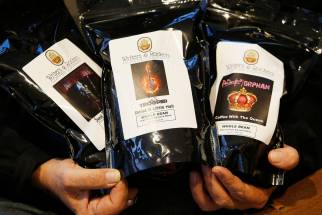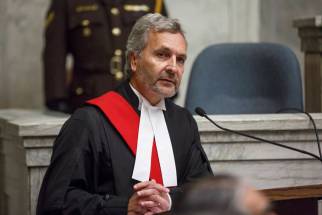Manitoba schools to return virtually next week
Read this article for free:
or
Already have an account? Log in here »
To continue reading, please subscribe:
Monthly Digital Subscription
$0 for the first 4 weeks*
- Enjoy unlimited reading on winnipegfreepress.com
- Read the E-Edition, our digital replica newspaper
- Access News Break, our award-winning app
- Play interactive puzzles
*No charge for 4 weeks then price increases to the regular rate of $19.00 plus GST every four weeks. Offer available to new and qualified returning subscribers only. Cancel any time.
Monthly Digital Subscription
$4.75/week*
- Enjoy unlimited reading on winnipegfreepress.com
- Read the E-Edition, our digital replica newspaper
- Access News Break, our award-winning app
- Play interactive puzzles
*Billed as $19 plus GST every four weeks. Cancel any time.
To continue reading, please subscribe:
Add Free Press access to your Brandon Sun subscription for only an additional
$1 for the first 4 weeks*
*Your next subscription payment will increase by $1.00 and you will be charged $16.99 plus GST for four weeks. After four weeks, your payment will increase to $23.99 plus GST every four weeks.
Read unlimited articles for free today:
or
Already have an account? Log in here »
Hey there, time traveller!
This article was published 04/01/2022 (1442 days ago), so information in it may no longer be current.
The majority of Manitoba students will learn from home for the first week of classes in 2022, so schools can tighten restrictions and plan for staffing shortages in the event large numbers of teachers catch COVID-19 or need to isolate.
Provincial officials announced Tuesday what they are calling a “phased-in approach” to resuming in-person classes, in anticipation all students will be back in K-12 buildings Jan. 17.
Teachers will be the first to return Jan. 6 — the original lesson start date, before the province later postponed it until Jan. 10 amid surging Omicron variant cases — to prepare for a new week-long online learning stint.
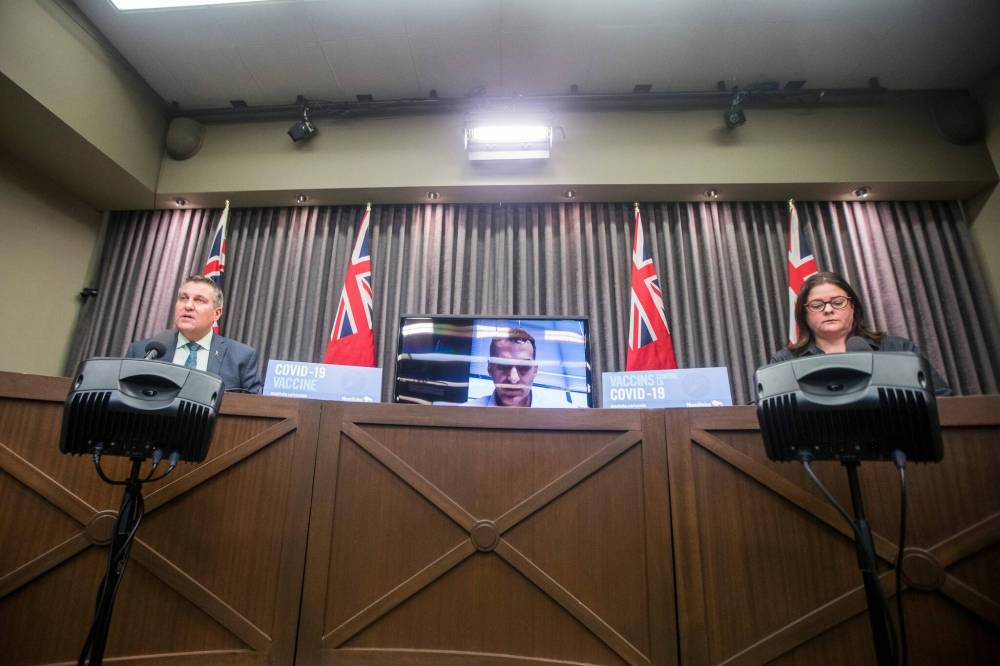
Only the early years children of critical service workers, high-risk learners, and students of all ages with special learning needs will be invited back to in-person schooling next week.
Child care facilities can remain open, although they are encouraged to prioritize children of critical service workers.
“We know that our youth learn best in a classroom setting; it is our goal to ensure they can return to the classroom as quickly as possible,” Premier Heather Stefanson told reporters, during an afternoon news conference with the education minister and deputy chief provincial public health officer.
Stefanson said education stakeholders requested additional time to prepare for changes to restrictions and contingency plans for staffing.
Starting Jan. 17, schools will be downgraded to restricted (code orange) on the province’s pandemic response system — requiring removal of furniture in classrooms to allow for two metres of physical distancing to the greatest extent possible.
All staff will also be required to wear medical masks for the foreseeable future and students must wear well-fitting masks with at least three layers.
Education Minister Cliff Cullen said the week-long remote learning period will allow for more time to distribute personal protective equipment and rapid antigen tests, ensure public health officials can continue to assess the impact of Omicron, and provide staff and students with added time to get follow-up COVID-19 vaccine doses.
“This phased-in approach will allow school divisions and schools to have more time to prepare operational plans, including planning for potential staffing shortages and expected absenteeism due to isolation requirements,” said Cullen.
He suggested the approach will ensure in-person learning continues for all students in the longer-term.
Cullen pledged an unspecified number of rapid tests will be deployed to schools, particularly those with high case counts, as well as more than five million masks for children and adults, which will be delivered over the next eight weeks. To date, 550,000 rapid tests have been distributed to K-6 students in the province.
Among other COVID-19 protocols, the province will continue after-hours vaccination clinics in schools for students, staff and community members.
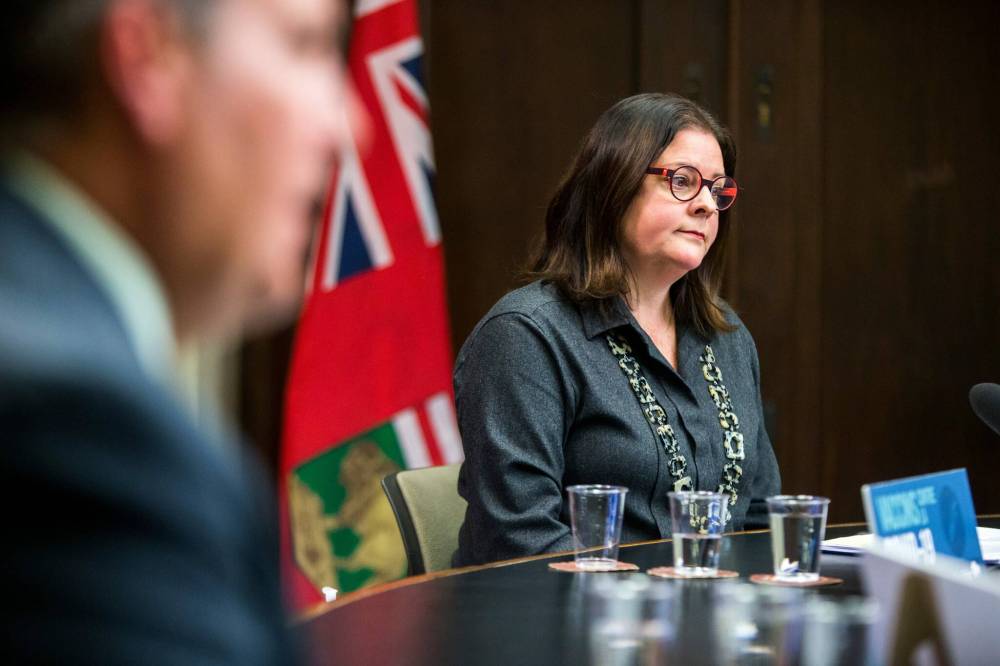
The novelty of remote learning has long worn off, nearly two years into the pandemic, said Tiffany Cheng, a Grade 12 student at Glenlawn Collegiate in Winnipeg who is hopeful in-person classes will resume this month so she can finish off high school face-to-face.
“In-person learning has helped my mental health. Online, I feel like everyone is so isolated and not everyone is as outgoing (in classes),” said the 17-year-old.
Heaven Nandwal, also in her senior year at Glenlawn, echoed those sentiments, but she said she understands why the province has announced the buffer period. Heaven, 17, said she hopes to return Jan. 17 and, in doing so, will be extra cautious about keeping her mask on whenever possible.
Critics were quick to call out the province for failing to keep schools open for face-to-face learning when provincial officials have long suggested schools should be the last thing to close amid the pandemic.
“Here we are in January 2022 — more than 20 months into the pandemic — and we’re still having this conversation about what a safe school looks like,” said Nello Altomare, NDP education critic.
Chris Eccles, a Grade 5/6 classroom teacher in Winnipeg, said he is frustrated the province did not introduce greater restrictions weeks ago, so students could safely resume in-person classes after the winter break.
The educator said he was annoyed to learn the province was distributing N95 masks in Liquor Marts rather than classrooms last month.
“Coming out of winter break, it usually takes a good week to get students back into work-mode and if they’re still at home, and a lot of them, unfortunately, won’t be fully supervised… I don’t anticipate a lot getting done,” added Eccles.
Both the Manitoba Teachers’ Society and Safe September MB, a grassroots group that advocates for additional COVID-19 safety measures and funding in schools, have called on the province to supply schools with N95 masks to address the new highly transmissible variant of the virus.
When asked about N95 masks, Dr. Jazz Atwal, Manitoba’s deputy chief provincial public health officer, said three-layer masks provide good protection when they are worn properly and there is a tight seal.
“I think we’re going to be looking at a January that will keep everybody on our toes– the whole entire education system, Manitoba, Canada, everyone.” – Nathan Martindale, vice-president of the Manitoba Teachers’ Society
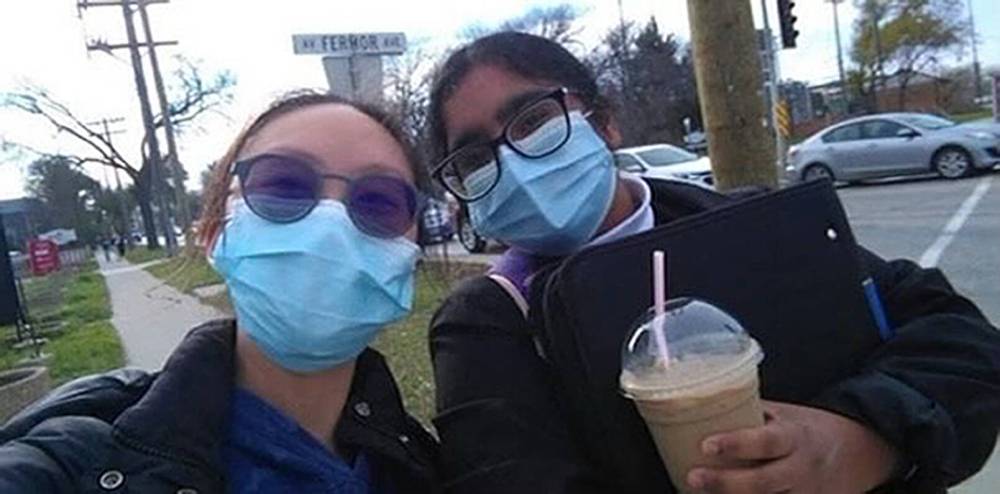
“You can have the best mask available but if you don’t use it properly, if you’re not washing your hands regularly, you’re not making sure that there’s a nice seal there, the use of that mask actually likely increases one’s risk of getting COVID,” said Atwal.
Nathan Martindale, vice-president of the Manitoba Teachers’ Society, said the union is pleased the province has listened, in part, to its calls to action. While no teacher wants to be doing remote learning, Martindale said educators are in favour of what is safest for students and staff alike.
“I think we’re going to be looking at a January that will keep everybody on our toes — the whole entire education system, Manitoba, Canada, everyone,” said Martindale. “I don’t want to make a prediction, but we’re taking it week-by-week at this point.”
A total of $63 million was earmarked for COVID-19 expenses such as ventilation upgrades and masks in schools in 2021-22. Cullen also announced Tuesday up to $80 million will be distributed to divisions to address pressures, including wage agreements for teachers.
— with files from Dylan Robertson and Carol Sanders
maggie.macintosh@freepress.mb.ca
Twitter: @macintoshmaggie

Maggie Macintosh reports on education for the Winnipeg Free Press. Funding for the Free Press education reporter comes from the Government of Canada through the Local Journalism Initiative.
Our newsroom depends on a growing audience of readers to power our journalism. If you are not a paid reader, please consider becoming a subscriber.
Our newsroom depends on its audience of readers to power our journalism. Thank you for your support.
History
Updated on Tuesday, January 4, 2022 7:07 PM CST: Writethru with more details, comments.






